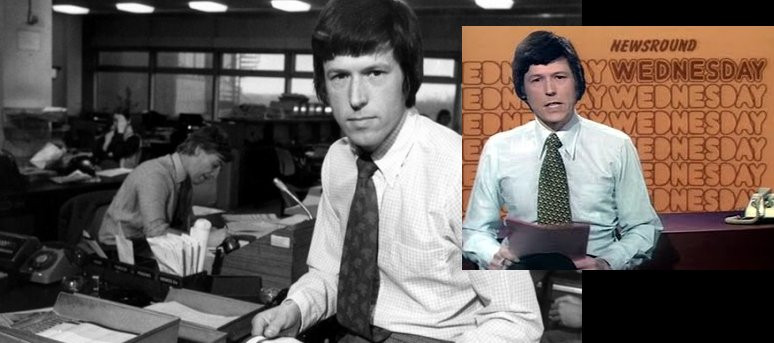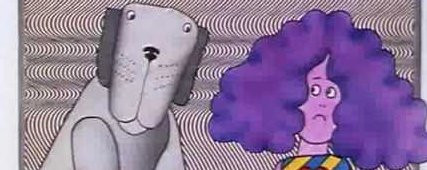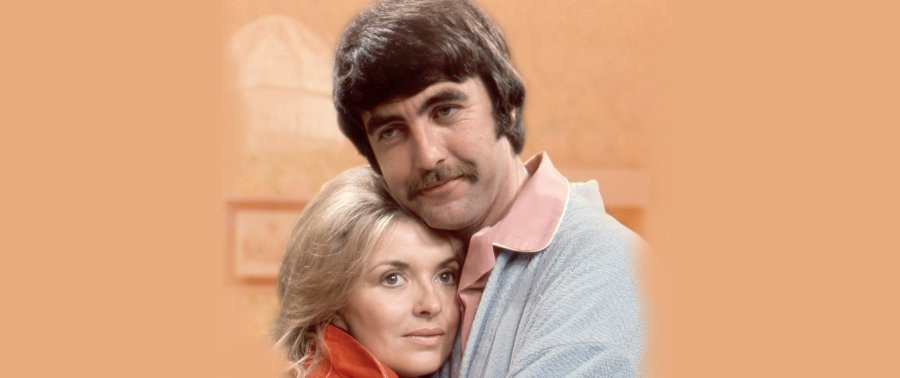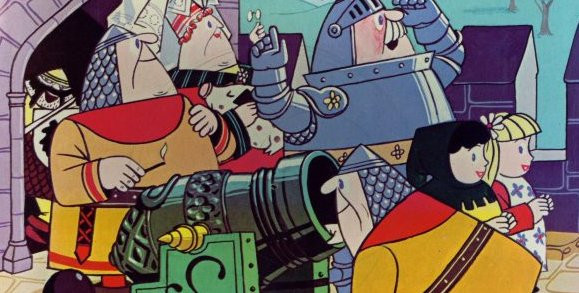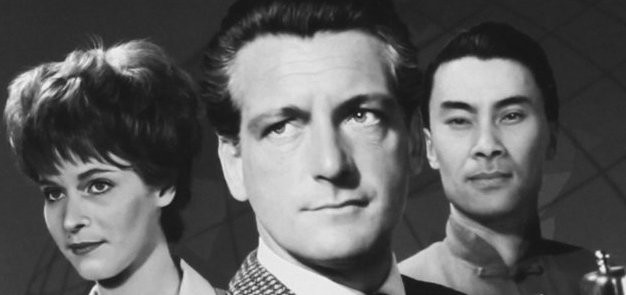
The Beachcombers
1972 - CanadaThe Beachcombers was an immensely popular family adventure series that aired on CBC from 1972 to 1990. It holds the distinction of being the longest-running drama in Canadian television history. Developed by Marc and Susan Strange, along with its first Executive Producer, Philip Keatley, and a team of talented West Coast writers, The Beachcombers was set in and around the port of Gibsons Landing, on British Columbia’s picturesque Sunshine Coast.
The storyline was based on a simple premise: that for $5, anyone could obtain a licence to beachcomb logs and sell them at half their market value to a logging consortium. The first episode, Partners, introduced all the principal characters—most memorably the burly Greek logger Nick Adonidas (Bruno Gerussi), owner of the Persephone, and his Aboriginal partner Jesse Jim (Pat Johns). Jesse had originally been hitchhiking down the Canadian coast with the aim of reaching South America when he met Nick, befriended him, and formed a partnership that would carry them through 19 seasons of television.
Nick, as the central character, required a foil—and he had one in the form of the irascible, curmudgeonly and unscrupulous rival scavenger Relic (Robert Clothier), who would go to great lengths to steal business from Nick. The series also featured a strong supporting cast, often centred around a café, Molly’s Reach, run by Molly (Rae Brown), a maternal figure to nearly every character in the series. Molly lived with her two grandchildren: Hughie (Bob Park) and his younger sister Margaret (Nancy Chapple).
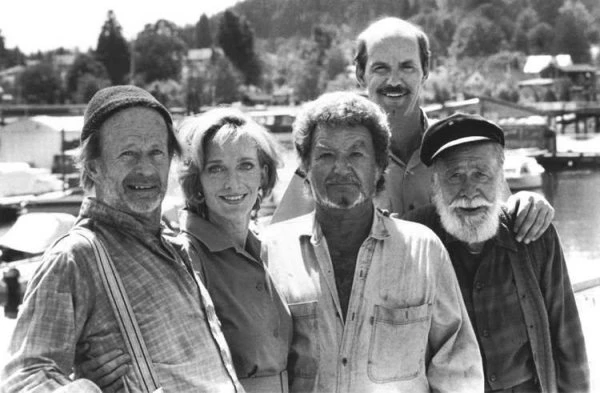
The format of the show was a well-balanced mix of character-driven drama, physical action, comedy, and on-location filming, which at times lent the series the feel of a documentary or travelogue. Scenes depicting fishing, logging and beachcombing contributed to its international appeal, enabling CBC to syndicate the series globally. It was particularly popular in Britain, despite being marketed (by ITV) to UK audiences as a children’s series. Initially broadcast on Saturday mornings, it later aired on weekday mornings and some afternoons. The show also developed followings in the United States, Australia, New Zealand, South Africa, Ireland, and East Germany (where it was known as Strandpiraten).
The series made excellent use of Canada’s multicultural diversity, providing opportunities to explore a wide range of cultural backgrounds. Characters of Greek, Aboriginal, German, Italian, Japanese, Dutch, East Indian, Swedish and British descent were all featured. As the series progressed, storylines became increasingly complex, with more nuanced character development. For example, Relic—initially a ruthless antagonist—was later shown to have been raised in a loveless Welsh coal-mining family and despised by his father, adding emotional depth to his character.
Writers and producers occasionally employed downbeat endings, subverting expectations and departing from the more conventional tone of television drama at the time. The title of the show was shortened to Beachcombers for its final season, which concluded with a one-hour special. After 19 years and 387 episodes, the series was cancelled and replaced by the American sitcom Sydney. Not a bad run for a show the CBC initially believed would last three years at most.
In 2002, a TV movie titled The New Beachcombers was produced as an attempt to revive the series, though it proved unsuccessful. Only two of the original cast members appeared, as Bruno Gerussi had passed away in 1995, Robert Clothier in 1999, and Rae Brown in 2000 at the age of 88.
Even eight years after its cancellation, the show maintained a special place in the Canadian television landscape. A 1998 audience survey on the TV Guide website ranked The Beachcombers as the most popular CBC television series of all time.
Seen this show? How do you rate it?
Seen this show? How do you rate it?
Published on November 29th, 2018. Written by Laurence Marcus for Television Heaven.


